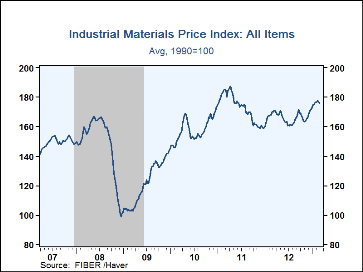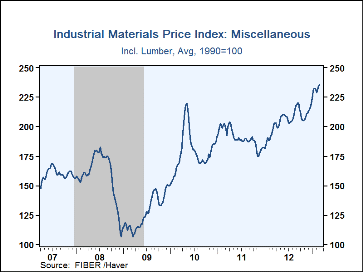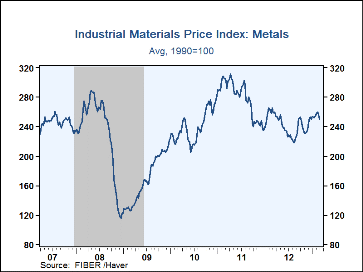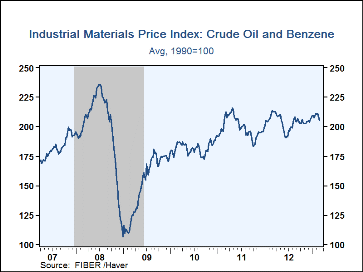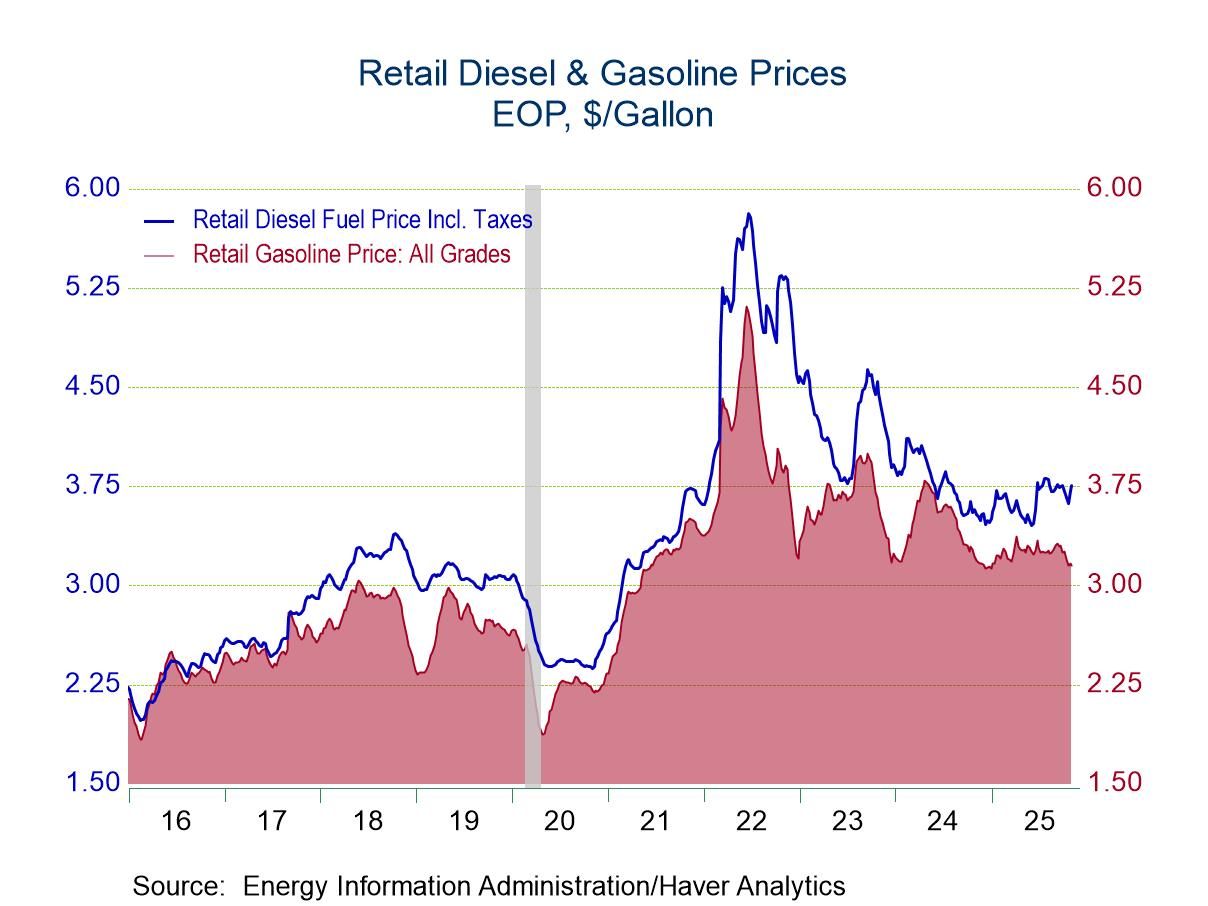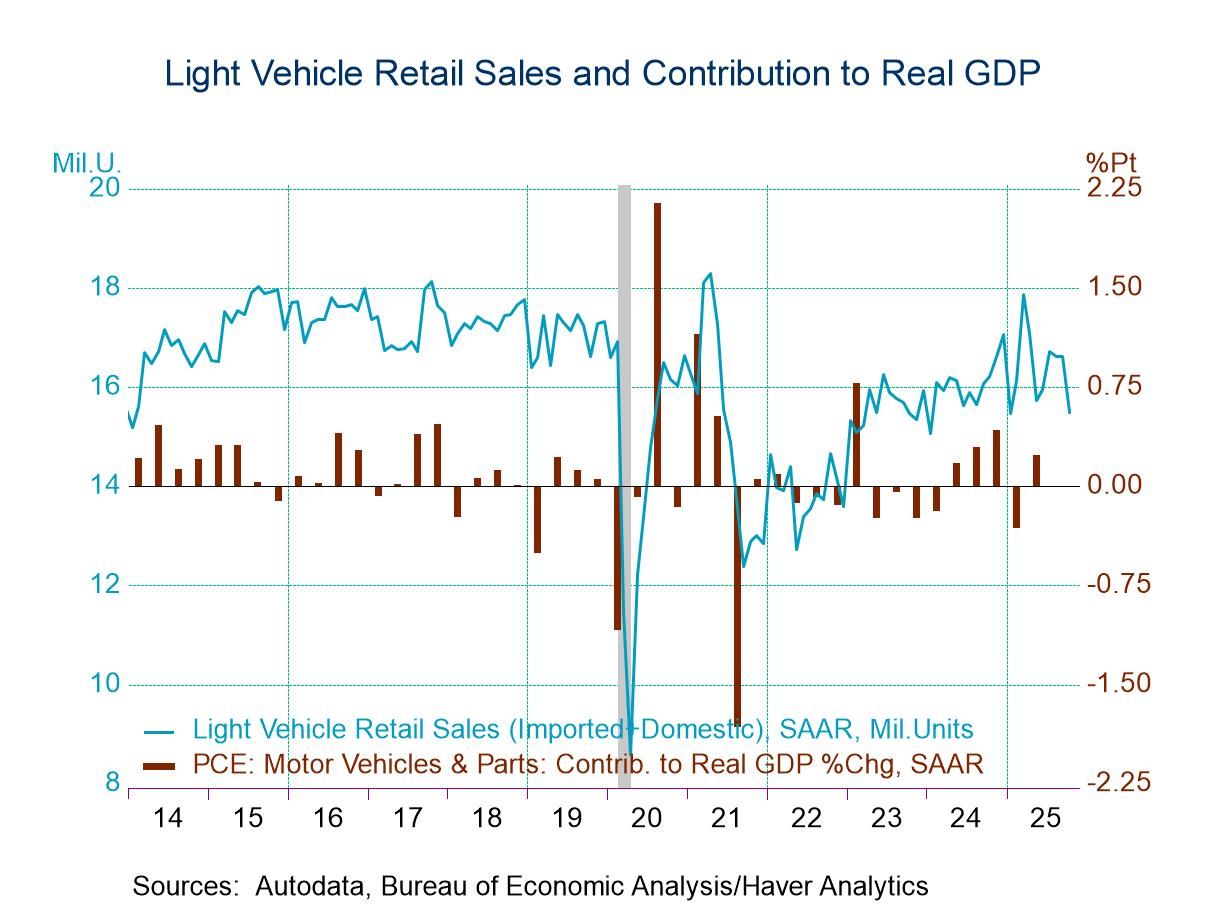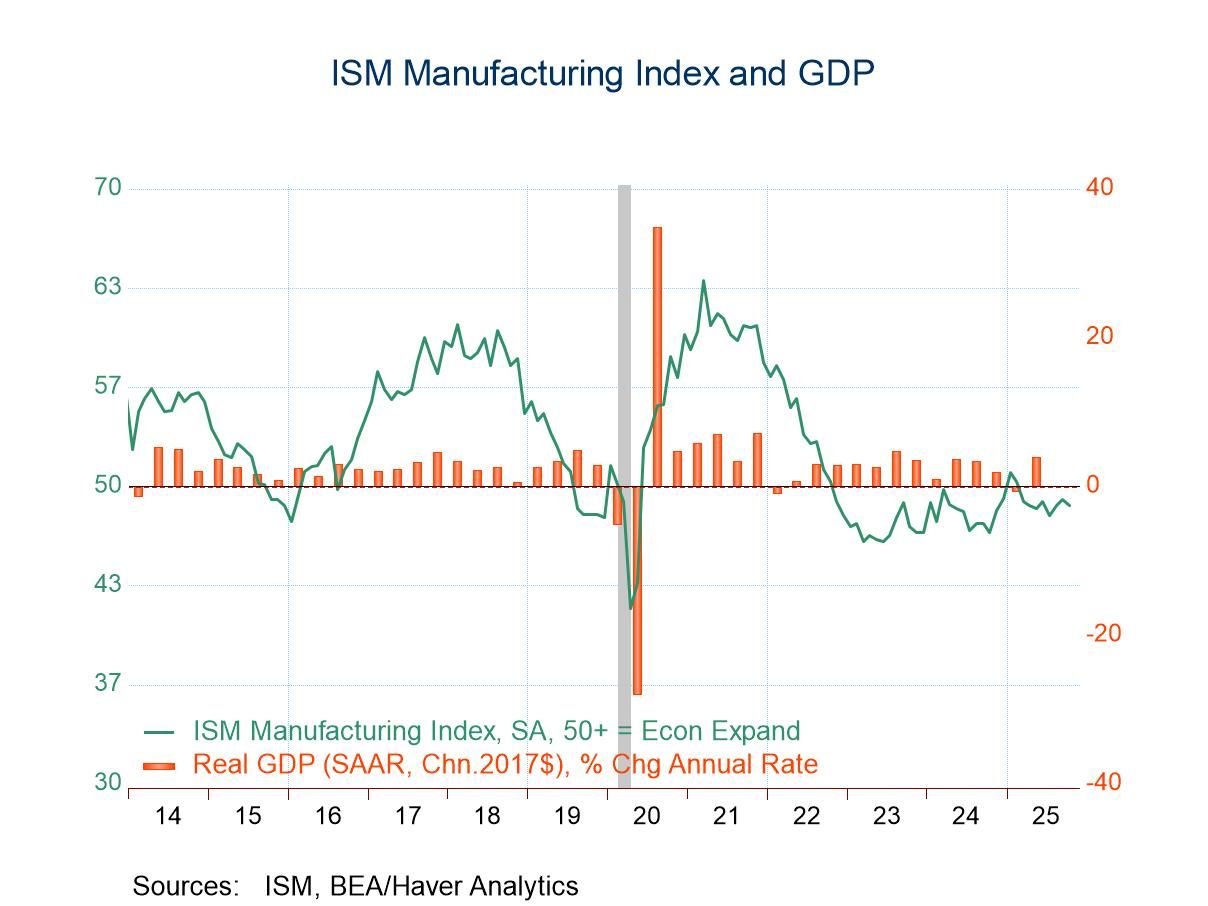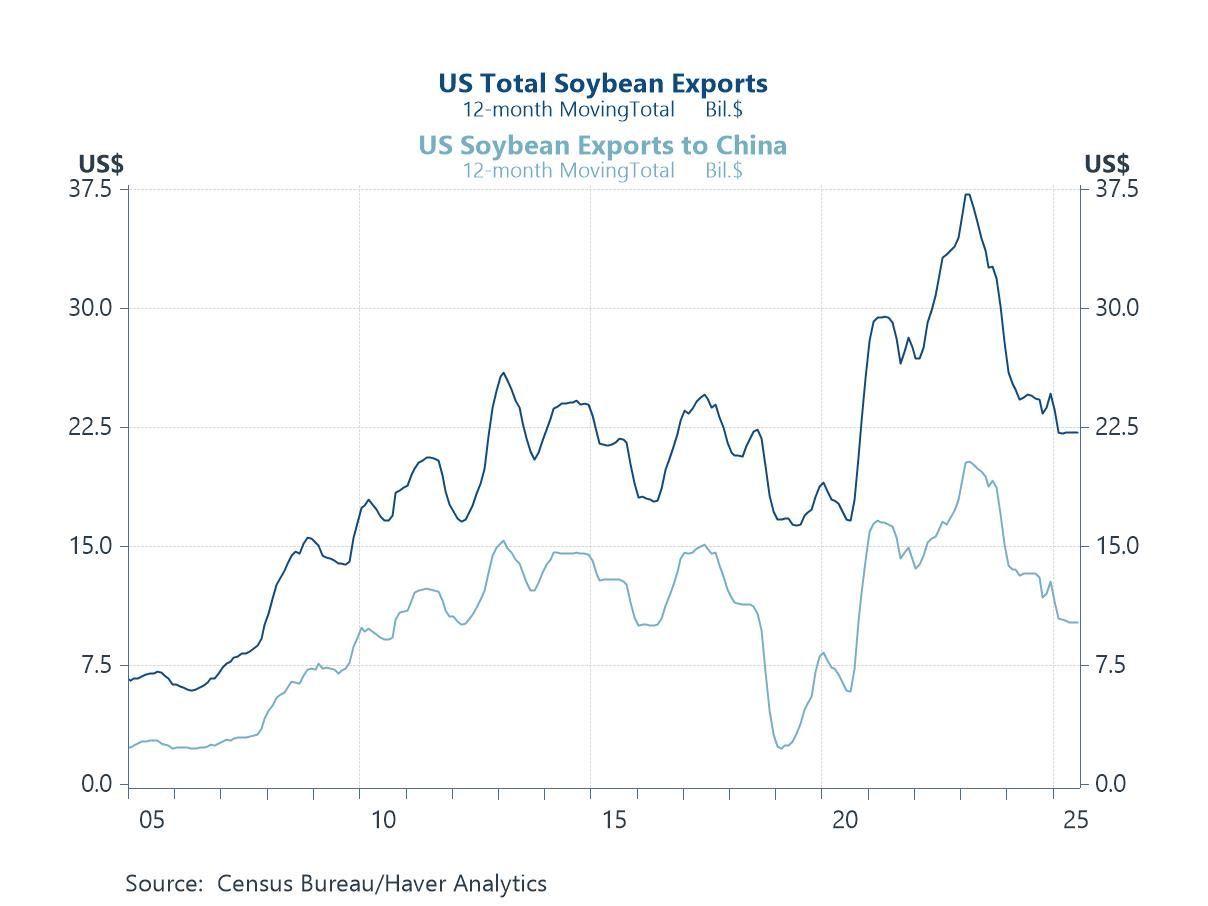 Global| Mar 04 2013
Global| Mar 04 2013FIBER: Industrial Commodity Price Changes Are Mixed
by:Tom Moeller
|in:Economy in Brief
Summary
What earlier was uniform strength in commodity prices has become mixed. The latest industrial commodity price index from the Foundation for International Business and Economic Research (FIBER) slipped during the last two weeks from [...]
What earlier was uniform strength in commodity prices has become mixed. The latest industrial commodity price index from the Foundation for International Business and Economic Research (FIBER) slipped during the last two weeks from its early-February high. Friday's reading of 176.0, nevertheless, was up 3.4% from 12 months earlier.
Continuing to lead pricing improvement have been prices in the miscellaneous group, up by nearly one-quarter versus last year and by one-third from the late-2011 low. Prices for structural panels (54.5% y/y) and framing lumber (46.1% y/y) have led the advance. Conversely, rubber prices (-19.1% y/y) moved lower.
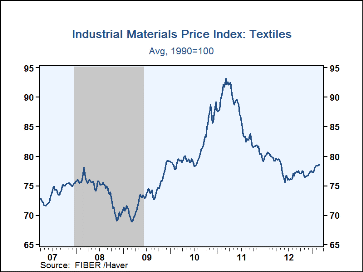 In the textile group, cotton prices have recovered by
nearly one quarter from the November low. To the downside, metals
prices have broken from their firming trend which was in place since
November. Prices for copper scrap (-8.7% y/y), aluminum (-14.4% y/y) and
lead (+4.5% y/y) have moved off their highs. However, steel scrap prices
(-12.8% y/y) have remained firm. Crude oil & benzene prices
also have been under pressure. The price for a barrel of WTI crude oil
fell to $91.73 (-15.7% y/y) on Friday and the petro-chemical Benzene was
down 10.0% from the December high.
In the textile group, cotton prices have recovered by
nearly one quarter from the November low. To the downside, metals
prices have broken from their firming trend which was in place since
November. Prices for copper scrap (-8.7% y/y), aluminum (-14.4% y/y) and
lead (+4.5% y/y) have moved off their highs. However, steel scrap prices
(-12.8% y/y) have remained firm. Crude oil & benzene prices
also have been under pressure. The price for a barrel of WTI crude oil
fell to $91.73 (-15.7% y/y) on Friday and the petro-chemical Benzene was
down 10.0% from the December high.
The current forecast from the National Association for Business Economics for industrial output calls for moderated 2.5% growth this year but then a pickup to 3.5% in 2014. These rates of growth are consistent with continued firmness in industrial commodity prices. During the last ten years there has been a 42% correlation between the three-month change in prices and the change in factory sector industrial production.
Commodity price data can be found in Haver's DAILY, WEEKLY, USECON and CMDTY databases.
Long-Term Interest Rates is the title of Friday's speech by Fed Chairman Ben S. Bernanke and it can be found here.
| FIBER Industrial Materials Price Index (1990=100) | 03/01/13 | Y/Y % | 2012 | 2011 | 2010 |
|---|---|---|---|---|---|
| All Items | 176.0 | 3.4 | 166.4 | 173.0 | 157.9 |
| Textiles | 79.0 | -0.9 | 77.9 | 86.1 | 81.3 |
| Cotton (cents per pound) | 79.5 | -4.2 | 74.5 | 132.8 | 87.8 |
| Metals | 249.4 | -5.9 | 243.0 | 278.7 | 240.0 |
| Aluminum ($ per metric ton) | 1,959.5 | -14.4 | 2,019.6 | 2,400.9 | 2,172.1 |
| Copper Scrap (cents per pound) | 354.9 | -8.7 | 360.6 | 400.3 | 326.8 |
| Steel Scrap ($ per ton) | 352.7 | -12.8 | 366.7 | 412.6 | 326.5 |
| Crude Oil & Benzene | 205.0 | -4.2 | 204.1 | 199.3 | 182.0 |
| Crude Oil (WTI, $ per Barrel) | 91.73 | 15.7 | 94.2 | 95.0 | 79.4 |
| Miscellaneous | 235.4 | 20.6 | 205.3 | 190.6 | 179.1 |
| Framing Lumber ($ per 1000 board ft.) | 415 | 46.1 | 321 | 273 | 283 |
| Natural Rubber (cents per pound) | 187.0 | -19.1 | 211.9 | 262.3 | 182.9 |
Tom Moeller
AuthorMore in Author Profile »Prior to joining Haver Analytics in 2000, Mr. Moeller worked as the Economist at Chancellor Capital Management from 1985 to 1999. There, he developed comprehensive economic forecasts and interpreted economic data for equity and fixed income portfolio managers. Also at Chancellor, Mr. Moeller worked as an equity analyst and was responsible for researching and rating companies in the economically sensitive automobile and housing industries for investment in Chancellor’s equity portfolio. Prior to joining Chancellor, Mr. Moeller was an Economist at Citibank from 1979 to 1984. He also analyzed pricing behavior in the metals industry for the Council on Wage and Price Stability in Washington, D.C. In 1999, Mr. Moeller received the award for most accurate forecast from the Forecasters' Club of New York. From 1990 to 1992 he was President of the New York Association for Business Economists. Mr. Moeller earned an M.B.A. in Finance from Fordham University, where he graduated in 1987. He holds a Bachelor of Arts in Economics from George Washington University.


